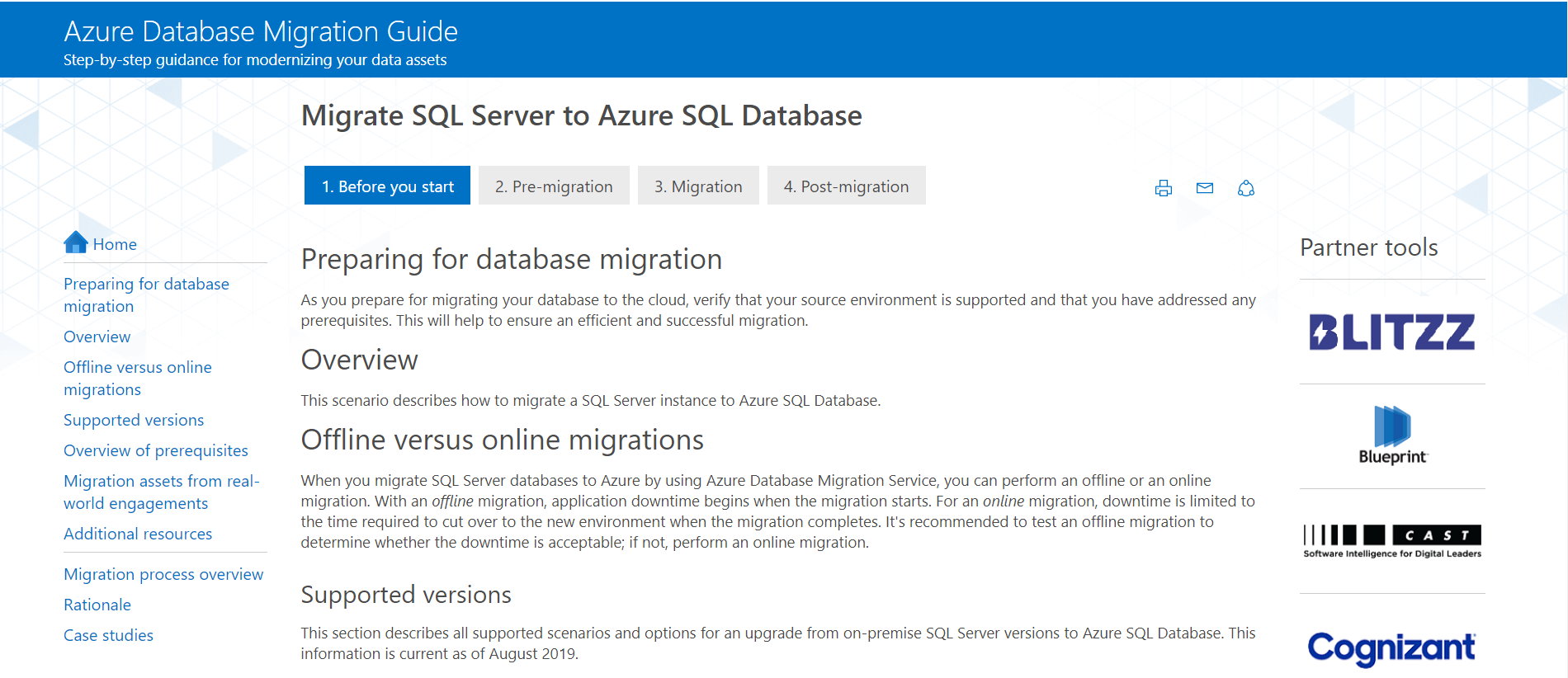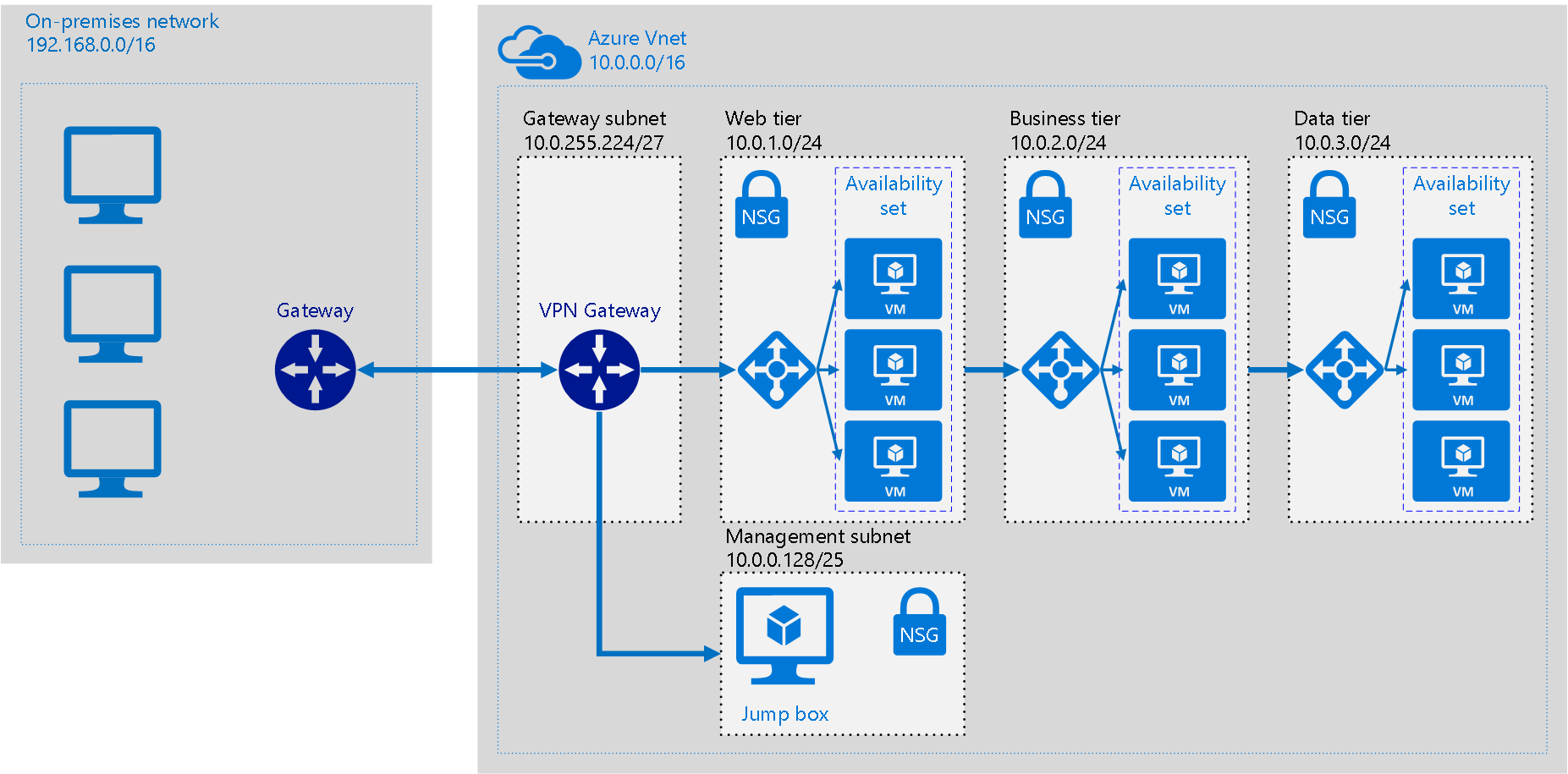
- #Migrate ssas tabular to azure how to#
- #Migrate ssas tabular to azure pro#
- #Migrate ssas tabular to azure windows#
Well done, we successfully migrate the Power BI model to a SSAS tabular model. So I ran the database creation script in SSAS 2019 CTP 2.1 instance and this is how my database looks. Luckily for me, I have installed SQL Sever 2019 CTP 2.1 and this compatibility level works perfectly fine with that SSAS version. Check the image bellow.Īs you can see, the highest compatibility level is 1400 and which means surely I can’t create a SSAS database with 1465 compatibility level in Azure Analysis Service 2017 or Analysis Service 2017. When I opened the DB creation script and checked the “Compatibility Level” of this tabular database, It showed me something I have not seen before.īut if you check SSAS versions so far available out there, there is nothing called 1456 in compatibly list. The reason is this Power BI SSAS instance is special and it has special features which are not available in my SSAS 2017 instance. Although I was able to generate Database Creation Script, when I execute it in my SSAS 2017 instance, It gave me multiple script errors.

My next try was to take script of this database and execute it in my SSAS server.But it was not straight forward as I thought. You can’t take a backup of it because Power BI SSAS instance run in Diskless mode and it is does not allow to take DB backups. However, When I try to do so, this is what SSMS says to me. Next thing I want to do is to take a backup of this SSAS database using SAMS and restore in my SSAS tabular instance so that I can use it for further developments. Those tables are used to handle “Date” tables in Power BI. Apart from that you can notice that there are two system generate tables which are not visible in Power BI Model. Check Image : 06.Īs you can see, model name is a system generated GUID. This is how my Power BI model looks like in Power BI desktop (Left) and how it look in SSMS (Right). Once got connected, you will be able to the how your Power BI model looks as a SSAS tabular model.
#Migrate ssas tabular to azure windows#
Keep authentication as Windows Authentication. Now run SSMS and select “Analysis Service” as server type and enter above TCP IP address for the server name. Check Image: 04Īs you can see in Image: 04, in my PC, TCP IP and port is 127.0.0.1:24731.

Make sure you replace with SSAS Process ID which we found using above steps.This command will give us the TCP IP and the port of SSAS Service. Now open Command Prompt and run following command.Ĭommand : Netstat -anop TCP | findstr How do I find the name or IP/Port in this instance so that I can connect? For that right click on the process name as in Image:02 and go to Detail and there you can get respective PID(Process ID) for this SSAS service. But I don’t know the name of this instance to connect using SSMS. That is the instance used by Power BI Desktop. As you can see in Image:01, there is a 3rd instance, which does not have any name. In my PC, I have installed two SSAS Instances, one for Tabular model ( MSSQLSERVER) and one for Multidimensional Model( MULTIDIM). In order to find out the background SSAS Tabular instance, Open Task Manager and look for “Microsoft SQL Service Analysis Service” in running task list.
#Migrate ssas tabular to azure how to#
I need to connect to Power BI model using SSMS to do any of those.But how can I do that? Although I have covered this is my previous blogpost how to do it, I’m gonna mention same set of steps in here as well. So if I can get a back up of that tabular model or if I can generate the script of that model, I can surely either restore or recreate it using management studio.įirst thing is first. In other words, a Power BI model is actually a SSAS tabular model.

Therefore I thought of trying it out and this blog post is all about whether we can transfer a Power BI model to a SSAS tabular model or not and if can, how ? As you may already know (may be not), Power BI desktop uses SSAS to implement Power BI models behind the seen. etc…?” My immediate answer was “No, we can export Power BI model to SSAS”. He didn’t stopped there His next question was “so will we have to do all the model creation part again? which means days to write all those DAX queries, relationships, measure, calculated columns and role…. However, his follow up question was, what if the client want to add more data sources and want to expand the solution? Then I told him, since a semantic model is a must for this client, they will have to go to a SSAS tabular model in that case.
#Migrate ssas tabular to azure pro#
Since Power BI pro allow maximum of 1 GB per PBIX file, and with the amount of compression, I was pretty sure that this model can store up to 4-5 GB of data. So my obvious answer was to start with a Power BI model and to create set of Power BI reports using it. Very recently, when I was part of a pre-sale activity, my manager asked me to propose a data analytic solution with least amount of technologies as well as least effort and cost.


 0 kommentar(er)
0 kommentar(er)
